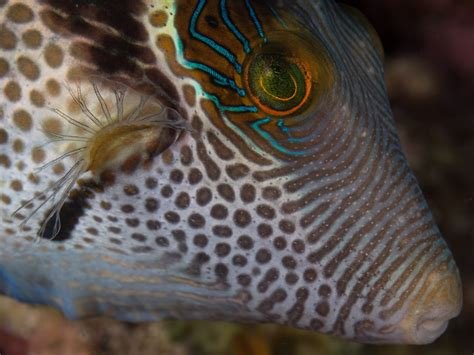Licencia de unsplash.com para uso libre

Using a laser, researchers from the Universities of Southampton and Oxford found cold-nose creatures shed cold molecules from their skin as a barrier against potential predators.
Michael Bradley, who led the study, said: "At this time, the ice floes and the mosses are encased in ice, and the cold is below zero. In colder climates like that in the Arctic, where cold-nosed fishes exist, they were very cold.
"At night they could still feel the cold on their skin, which was covered in frost, and as such, they evolved to generate a cold-nose response that would keep them warm."
As part of the study, cold-nose fish were placed in water with varying temperatures. They would shed cold-fresh molecules from their skin if they fell into the water below 0°C.
One cold-nose fish studied would typically shed around 100 molecules from its skin in cold water. In cold water, the number of molecules they shed would be much more, likely 1000 molecules per minute, researchers found.
The cold skin glands, known as photoreceptor cells, would then process the cold-nose cues and release a high concentration of enzymes which would digest the proteins in the fish's exoskeleton.
The proteins would then be released in a cold-nose response, protecting the fish's delicate skin and organs.
Additionally, the cold-nose response was also associated with increased activity in cold-nose molecules associated with inflammation and tissue damage, researchers found.
Two cold-nose fishes with colder skin glands and higher activity in cold-nose cues were more likely to survive in cold water, researchers said.
The study was published in the journal Nature Ecology and Evolution.
Fiction inspired by science news.









